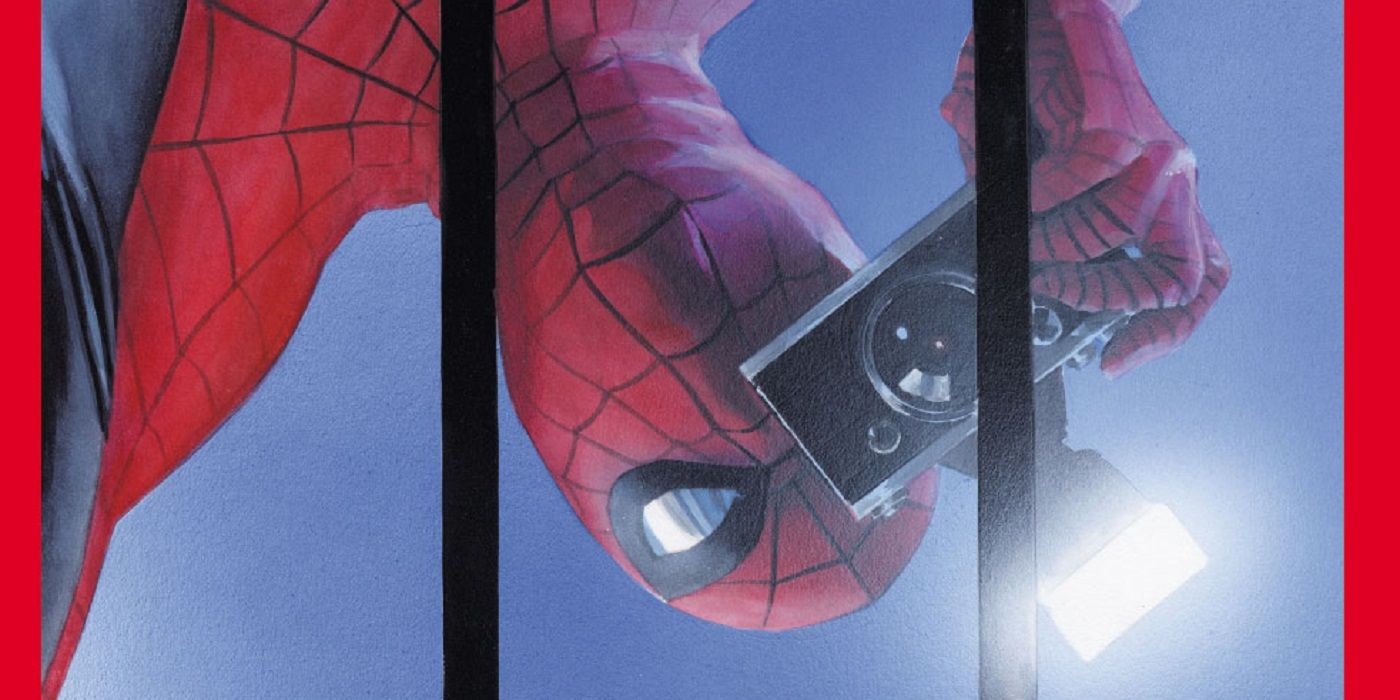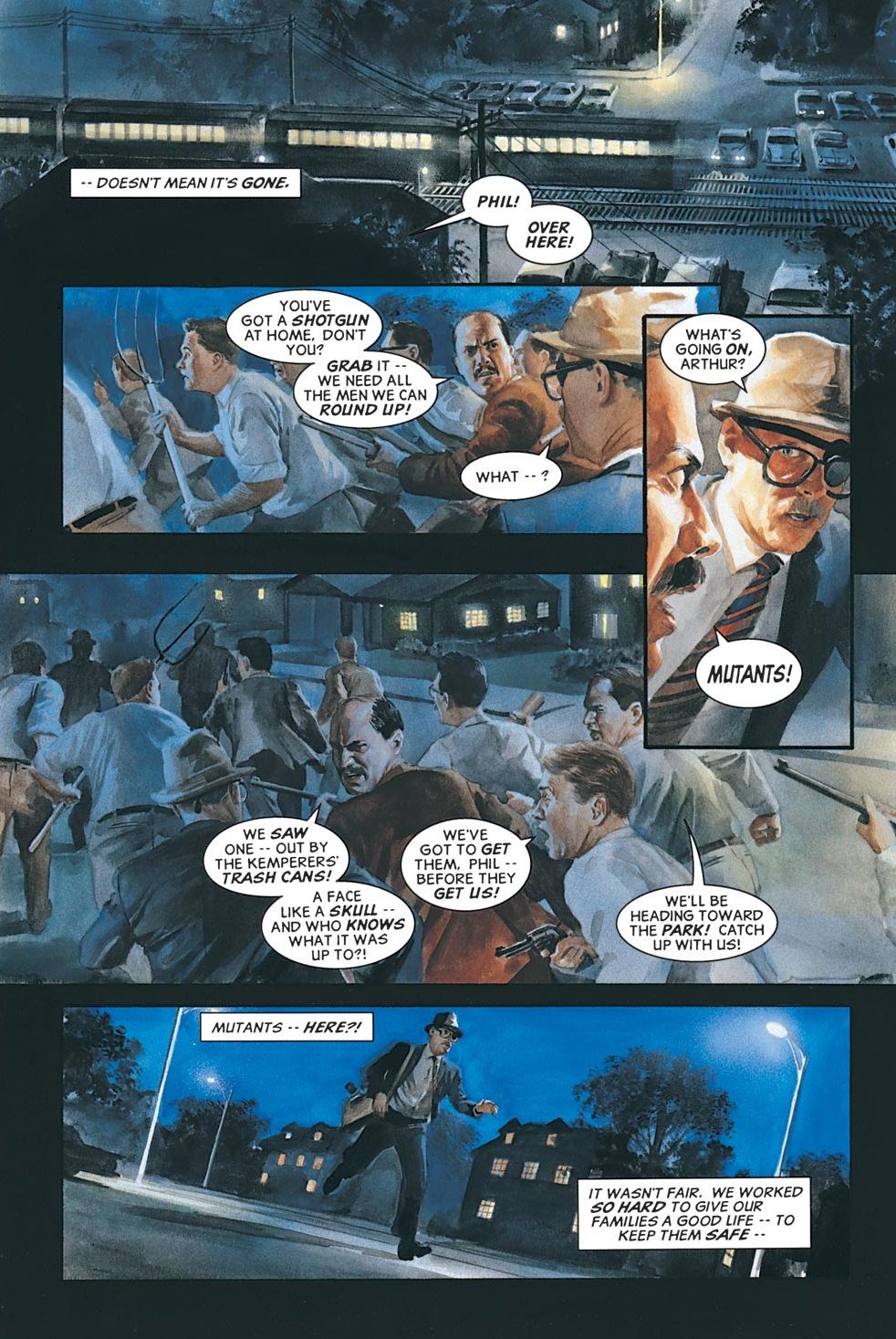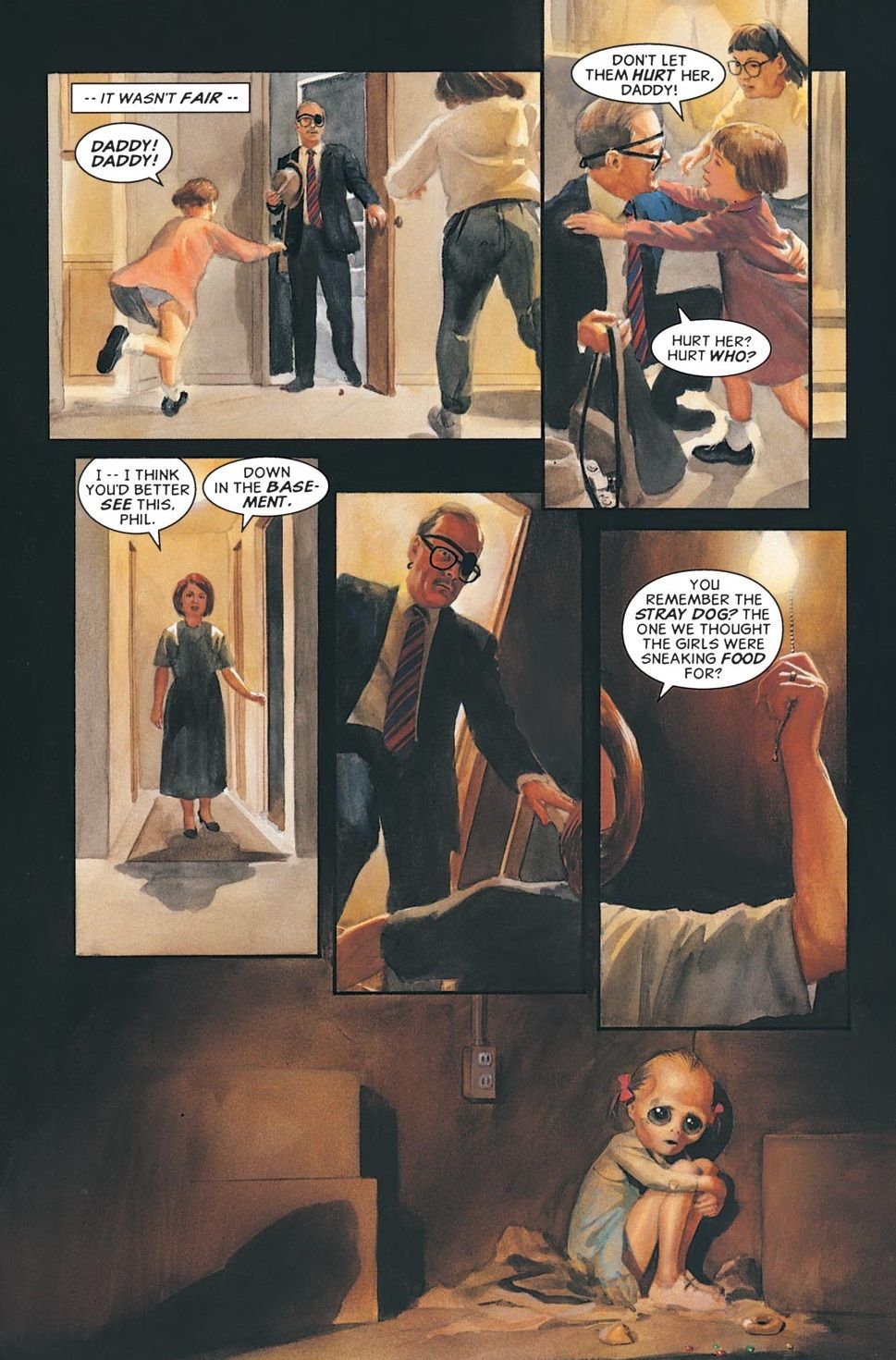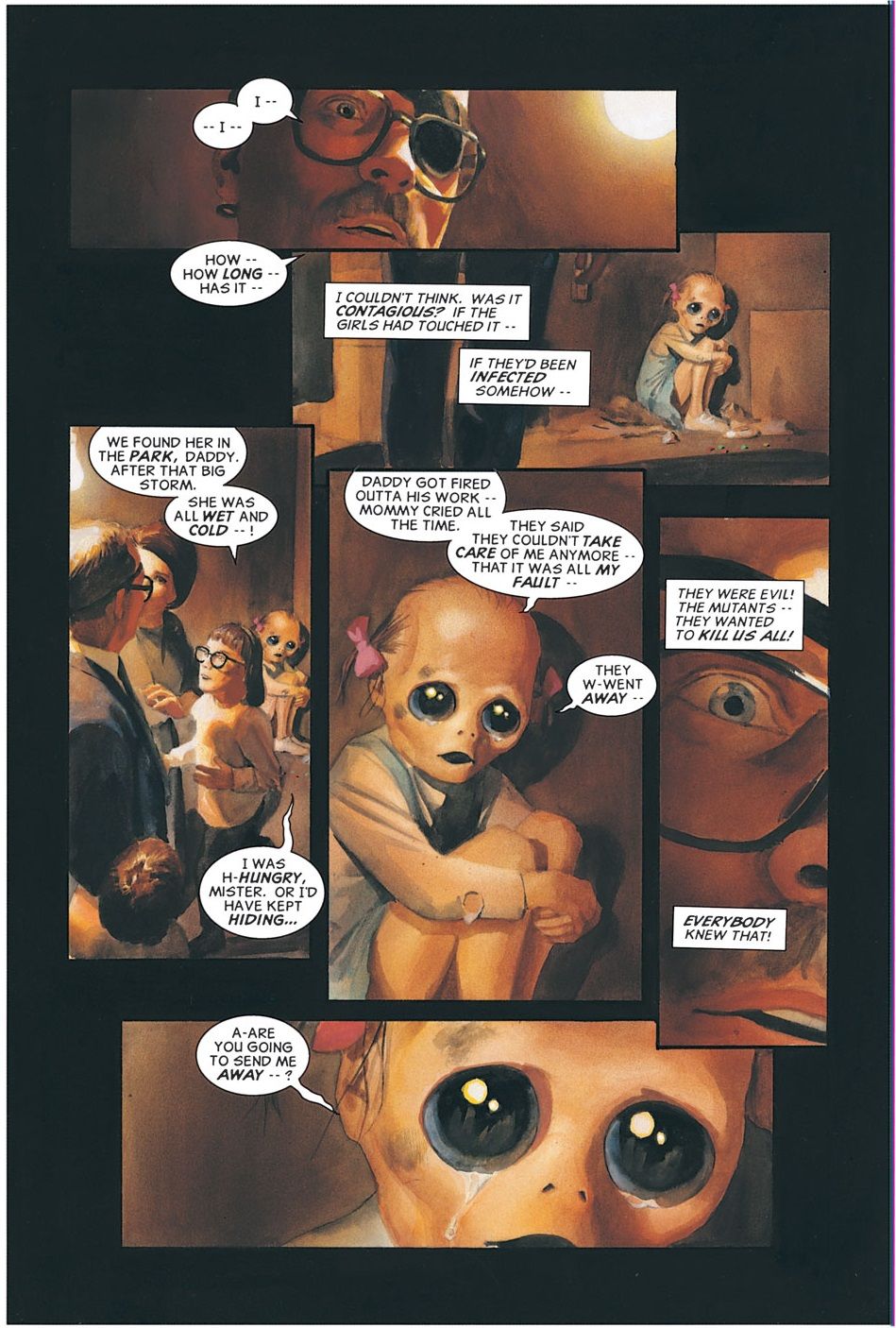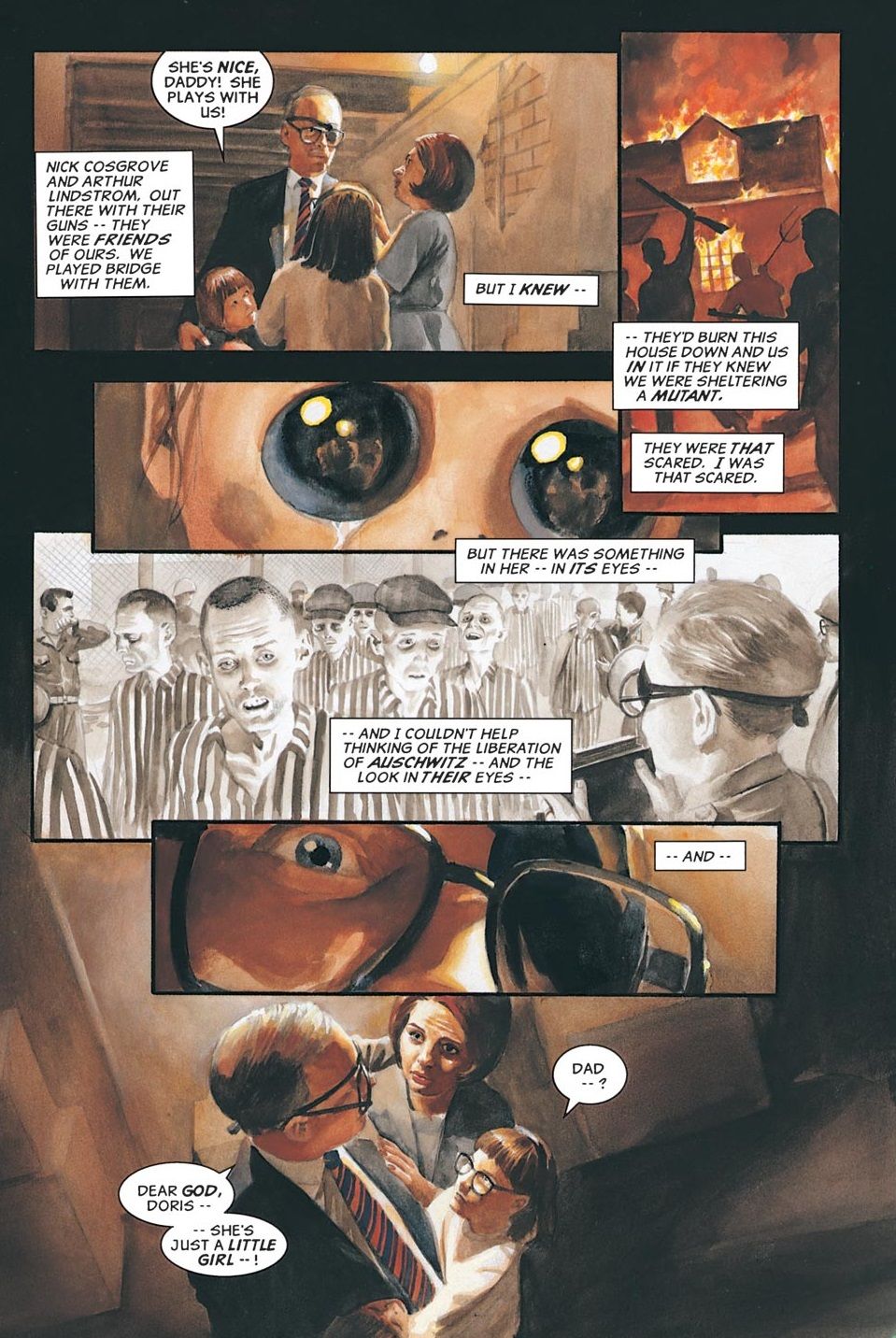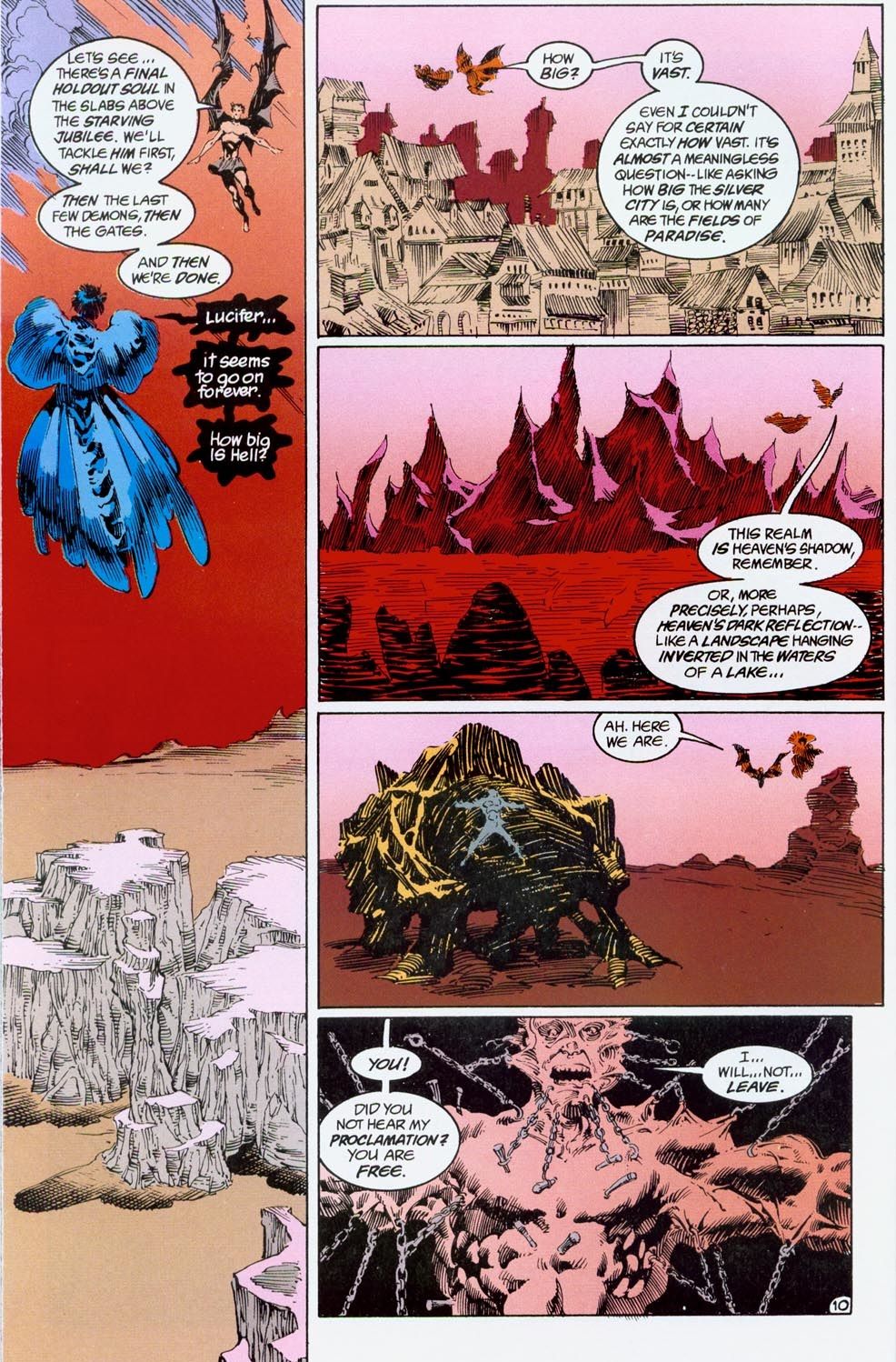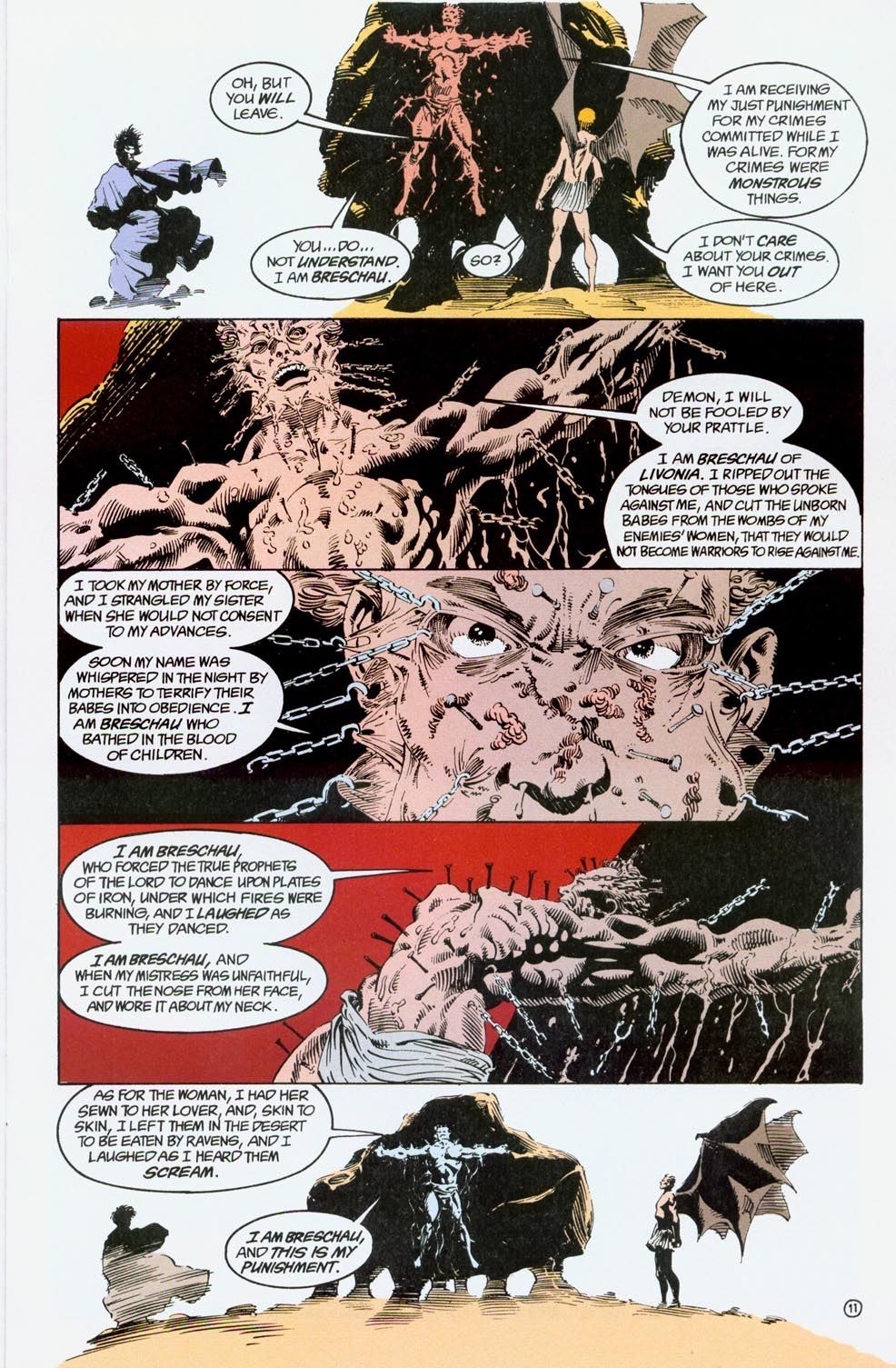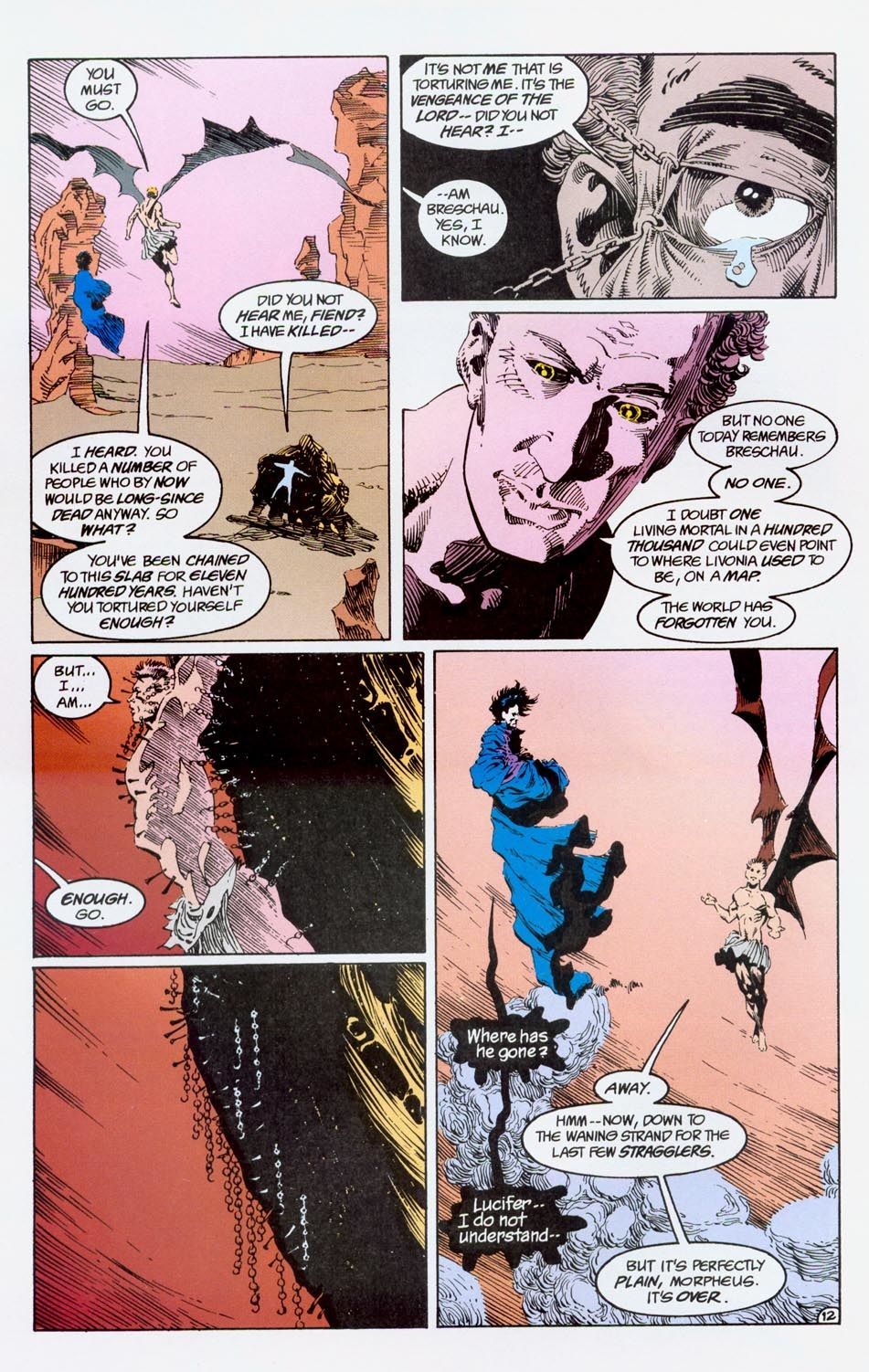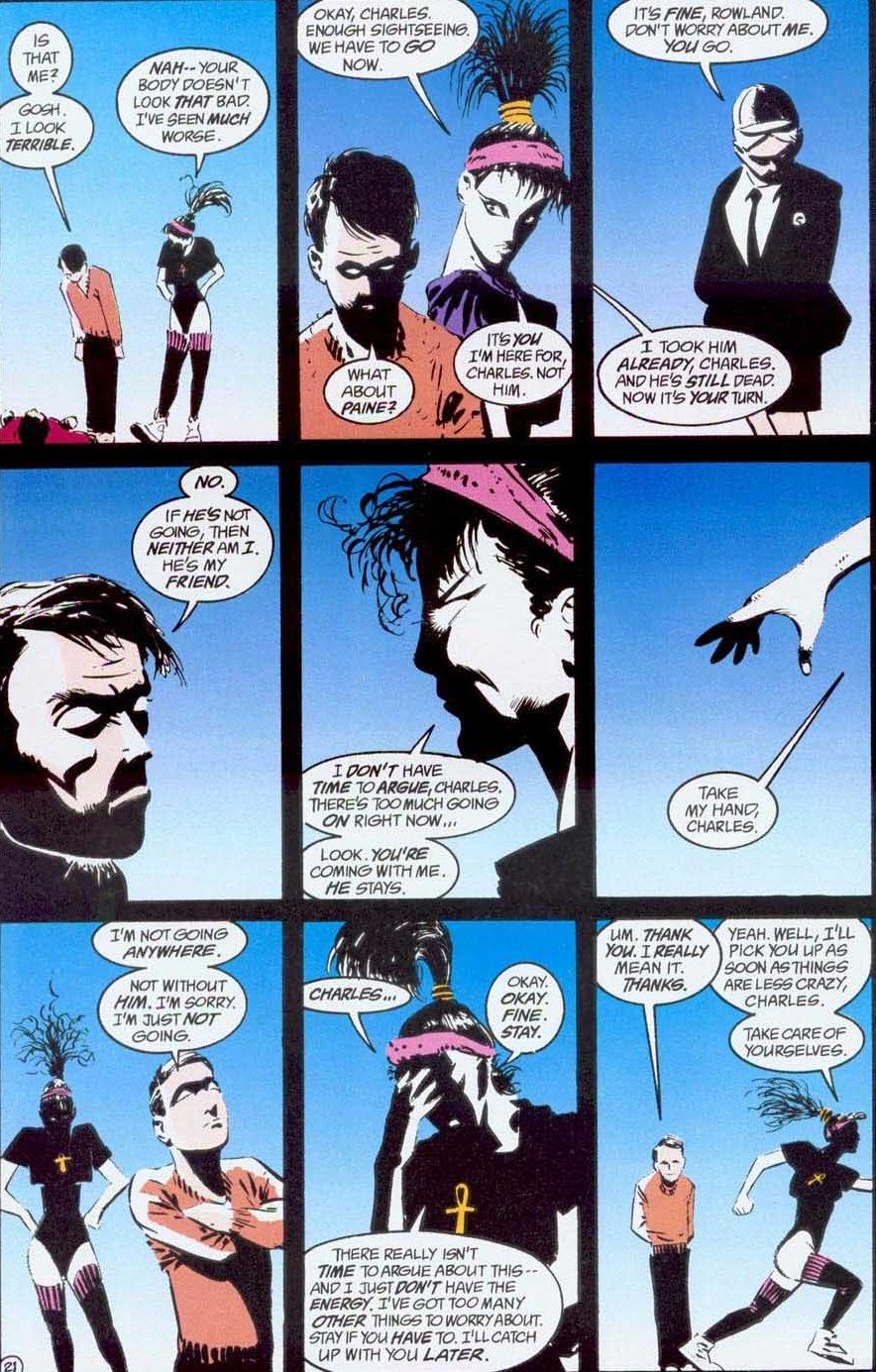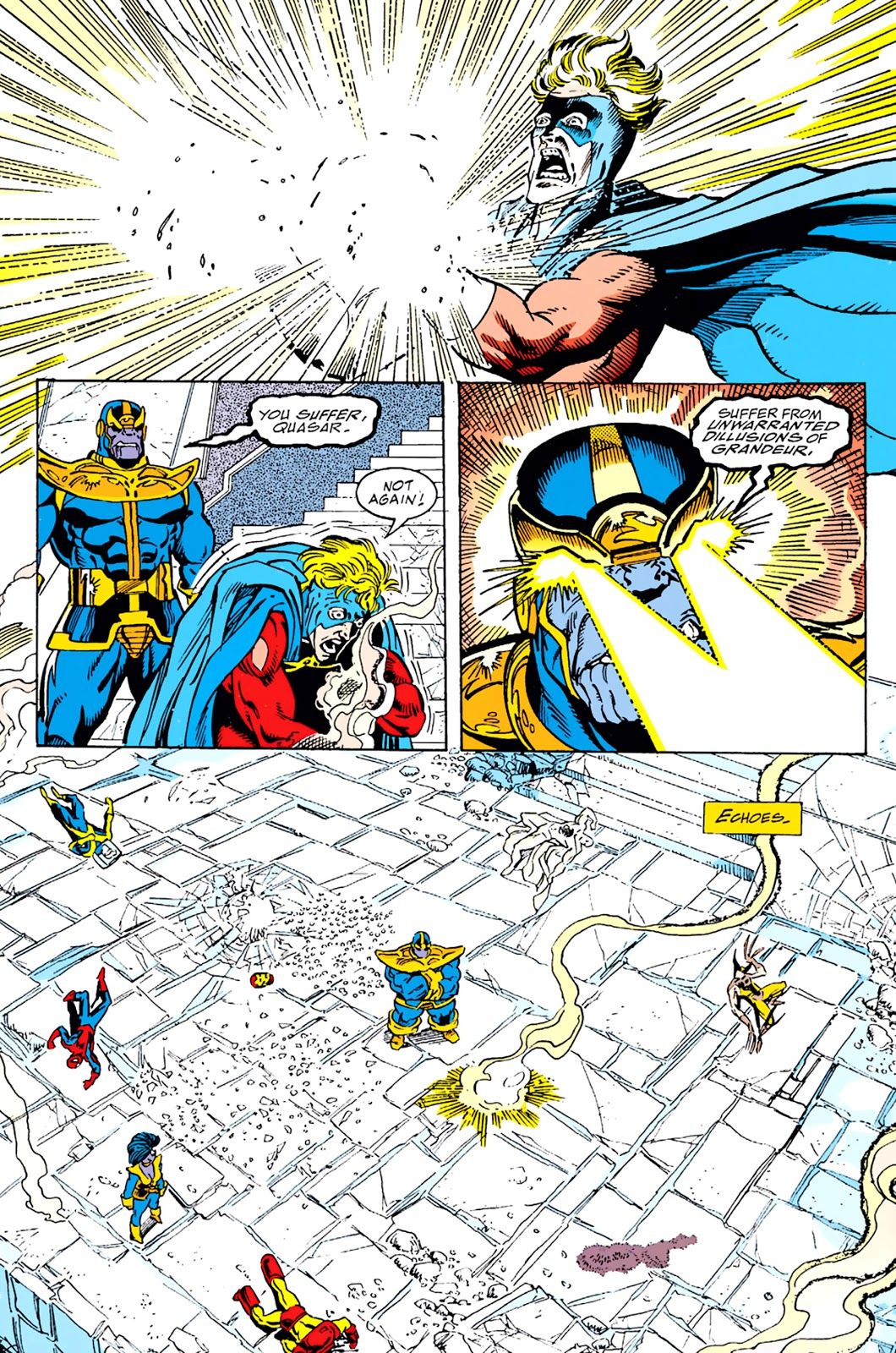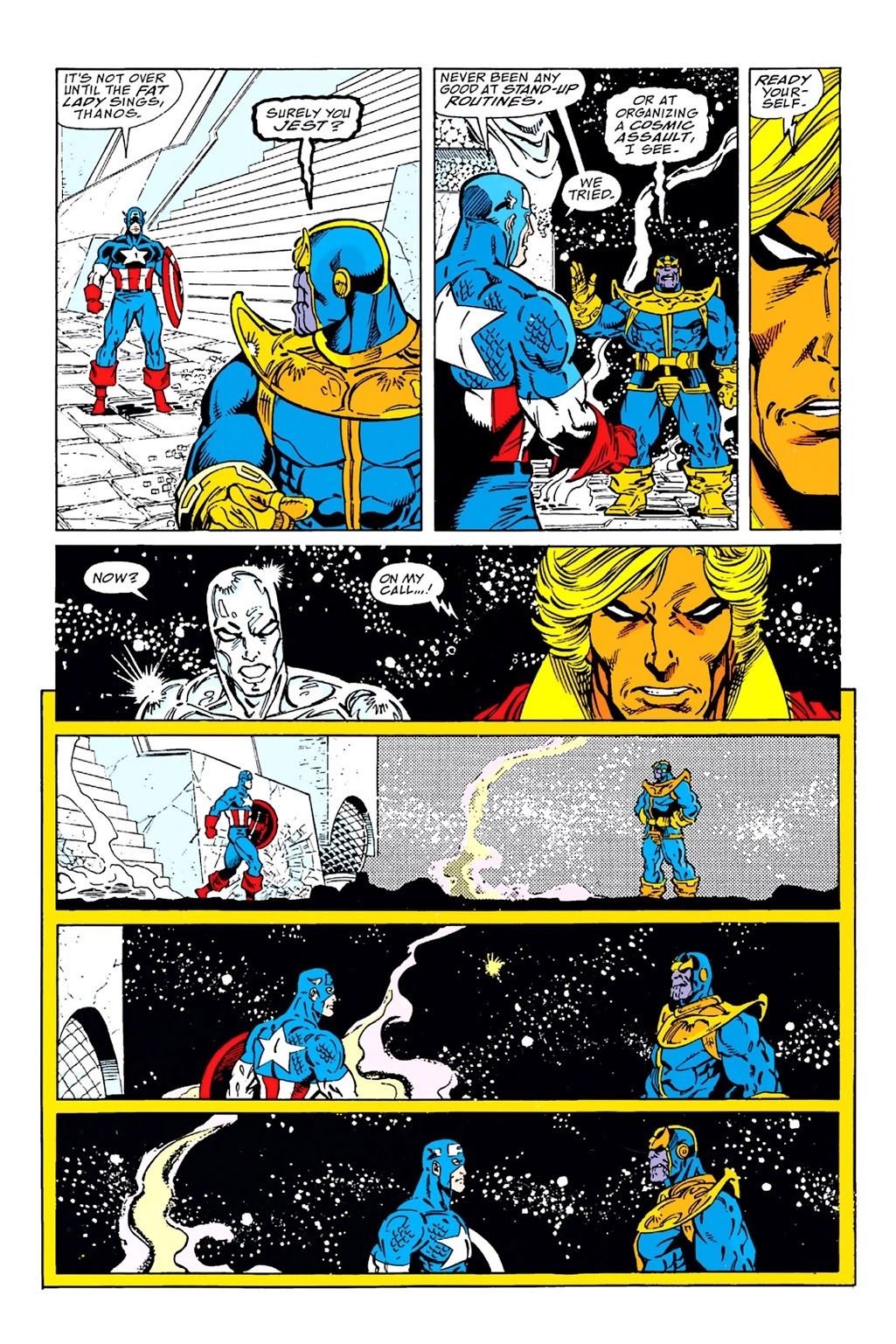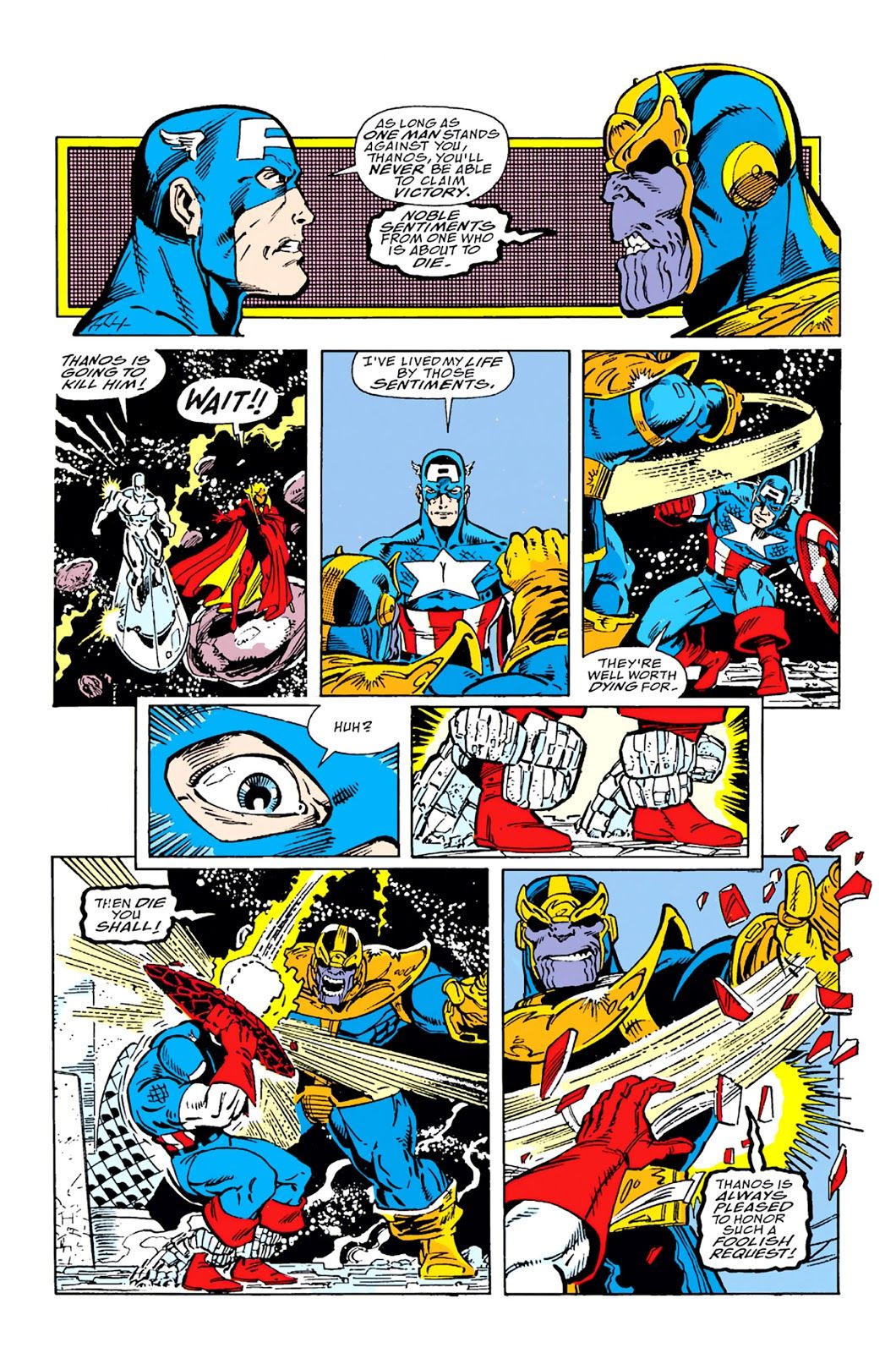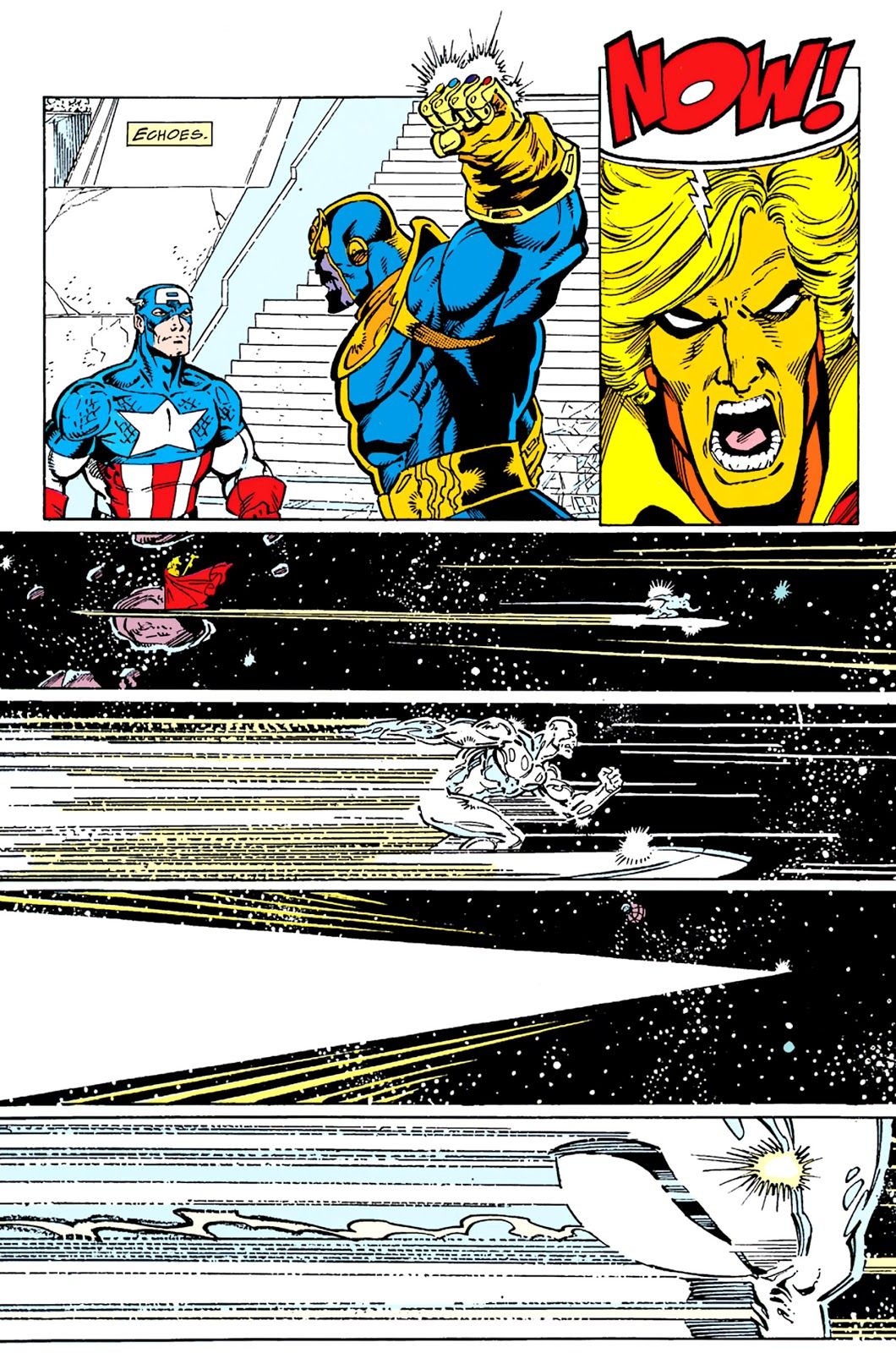You voted, and now, after over 1,000 ballots were cast, here are the results of your votes for your favorite comic book storylines of all-time (this is the third time we've done this countdown. We're on an every four year schedule)! We started with ten storylines a day, and now we're down to three storylines a day. You can click on the Top 100 Comic Book Storylines tag either here or at the end of the post to see the other entries, in case you missed one.
To recap, you all sent in ballots ranking your favorite storylines from #1 (10 points) to #10 (1 point). I added up all of the points and here we are!
15. "Marvels" by Kurt Busiek and Alex Ross (Marvels #1-4, plus #0, I guess) – 567 points (2 first place votes)
In this acclaimed mini-series that launched both Alex Ross and Kurt Busiek to comic book stardom, we follow Marvel’s Golden and Silver Age through the eye (and the lens) of photographer Phil Sheldon. From the days of World War II to the explosion of superheroes during the “Marvel Age,” Busiek’s character-driven narrative and Ross’ photo-realistic artwork really makes you feel like you are living through an age of heroes. And therefore, you can also feel the pain when the heroes somehow do not manage to live up to our lofty expectations.
Perhaps one of the most compelling pieces in the story is when we see the contrast between how the Fantastic Four and the Avengers are treated (as the wedding of Reed and Sue is right up there with JFK and Jackie or Liz and Dick in terms of attention) with how the X-Men and mutants are treated. See how Phil himself is forced to confront his prejudices when the “mutant threat” hits close to home…
What a powerful sequence. But this series is FILLED with powerful sequences. Like how in the world would the man on the street react to news that some giant dude was showing up to EAT THE EARTH?!!? From over-the-top stuff to the down-to-earth sadness of the death of Gwen Stacy (that punk Peter Parker makes a living off of making Spider-Man look bad and he gets an angel for a girlfriend? And then she is murdered while he continues to live on making money off of Spider-Man’s misery? Where is the fairness?!?), Busiek and Ross really shine a spotlight on the human condition like few other stories are capable of.
14. "Season of Mists" by Neil Gaiman, Kelley Jones, Mike Dringenberg, Malcolm Jones III, Matt Wagner, Dick Giordano, George Pratt, and P. Craig Russell (Sandman #21-28) - 572 points (12 first place votes)
"Season of Mists" was a landmark arc during Neil Gaiman’s Sandman tenure, as this was the story that introduced the concept of the Endless (Dream and Death’s other siblings) as well as created the set-up for Mike Carey’s Lucifer series.
In the story, Dream is shamed into attempting to rescue his former love, who he, in a fit of rage, banished to hell thousands of years ago. He steels himself for a battle with Lucifer, who Dream knows is not pleased with him. Dream could not expect, however, how Lucifer decided to deal with him – when Dream shows up to fight with Lucifer he learns that Lucifer has closed Hell and he gives Dream the key to hell.
Check out this amazing sequence where Lucifer takes Morpheus on a quick tour of hell…
What follows next is an entertaining exploration of what the universe would be like without Hell, along with a brilliant piece of mythology work as Gaiman shows all the various other deities (like the Norse Gods and the Egyptian Gods, etc.) showing up to bargain with Dream for the rights to such prime interdimensional real estate.
Gaiman has had great success over the years working with various mythologies and their deities, and that fascination really began here.
Plus, the interlude showing the effect of no hell on Earth is one of the most charming issues of Sandman ever, as a young boy left behind at a boy’s school during winter break finds himself tormented by all the boys and teachers killed at the school over the years. He makes friends with one of the ghosts and when his torment is to the point where he, too, dies, he can’t bring himself to leave his new friend…
They decide to become ghost detectives, otherwise known as the Dead Boy Detectives, characters so cool that they eventually got their own spin-off series years later!
The artwork is strong in this storyline, with Kelley Jones in particular really doing a wonderful job with the moodiness of his issues.
Go to the next page for #13!
13. "Infinity Gauntlet" by Jim Starlin, George Perez, Ron Lim, Joe Rubinstein and a couple of other inkers (Infinity Gauntlet #1-6) – 668 points (25 first place votes)
The mad god Thanos devoted his entire life (and since he has been resurrected a few times, his entire after-life) to pleasing the love of his life – Death. When Death decides she needs a champion once again, she brings Thanos back to life. In an attempt to please her, Thanos goes on a quest for the Infinity Gems; the powerful items that seem to power the various Elders of the Universe.
After finally collecting all of the gems through various methods, Thanos brings them together to form the Infinity Gauntlet, a glove that, when worn, gives the user complete power over the universe. What Thanos does with the Gauntlet is the subject of the 1991 Marvel mini-series, “Infinity Gauntlet” by writer Jim Starlin and artists George Perez (issues #1-3) and Ron Lim (issues #4-6).
His first act, seen in the first issue, to impress Death is to kill half of the universe, which he does with a snap of the fingers. The remaining half of the universe, naturally, is not happy about this and sets about to try to stop Thanos. They are aided by a similarly resurrected Adam Warlock, who was Thanos’ main nemesis back when they were both first alive.
Warlock helps organize an excursion of as many superheroes as they can gather (Doctor Doom, too) to attack Thanos at his fortress. Thanos, meanwhile, in another attempt to impress Death (as suggested to him by that wily devil, Mephisto) has used the Gauntlet to make himself fallible, so that the superhero army attacking him actually has a theoretical chance at defeating him.
The heroes leave in issue #3, and it is in #4 that the battle takes place. Thanos mows through the heroes like he’s a hot knife and they’re all sticks of butter. Cyclops is suffocated, Iron Man has his head torn off, Thor is turned to glass – it is not pretty. Finally, only Captain America remains, and in an impressive act of defiance, stands up to Thanos one on one. As Thanos gets ready to smite Cap, Warlock’s real plan springs into action. The Silver Surfer swoops in at light speed to snatch the gauntlet away from Thanos. The whole attack was just a diversion so that Surfer could steal the gauntlet.
Only the Surfer misses.
You’ll have to read the rest of the series to see what happens next, but suffice it to say that Starlin did a heck of a job on this crossover.

